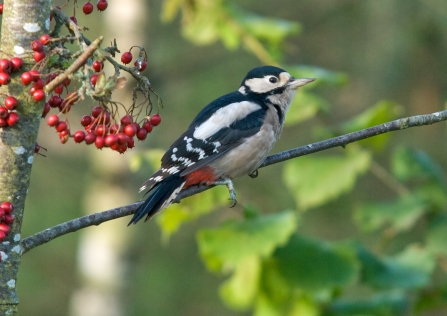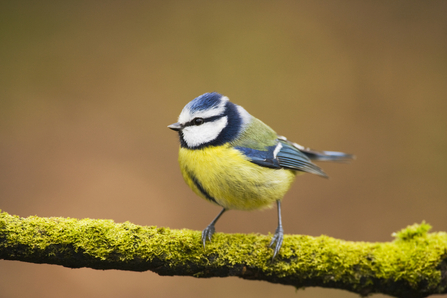Sunflower Hearts
These de-shelled sunflower seeds are loved by most garden birds. They are high in energy, and without the husks they can be eaten quickly – and without leaving a mess in your garden.
When: All year
Birds: Tits, greenfinches and most other garden birds
Black Sunflowers Seeds
While not as favoured as sunflower hearts, sunflower seeds are very good for their high oil content and their thin husks that make them easy to split open.
When: All year
Birds: Nuthatches, Coal Tits
Peanuts
Peanuts have a high fat and protein content which is great for helping birds through winter. If you choose to continue to feed peanuts in spring, make sure they are fed through a mesh feeder, to prevent whole peanuts being fed to young, which could potentially choke them. Alternatively, you can crush them first. They can also be high in a natural toxin - aflatoxin - that is deadly to birds, so make sure to buy them from a reputable dealer. Salt is also toxic to birds, so never feed them salted peanuts.
When: Best in winter
Birds: Tits, sparrows, nuthatches, great spotted woodpeckers and green finches



